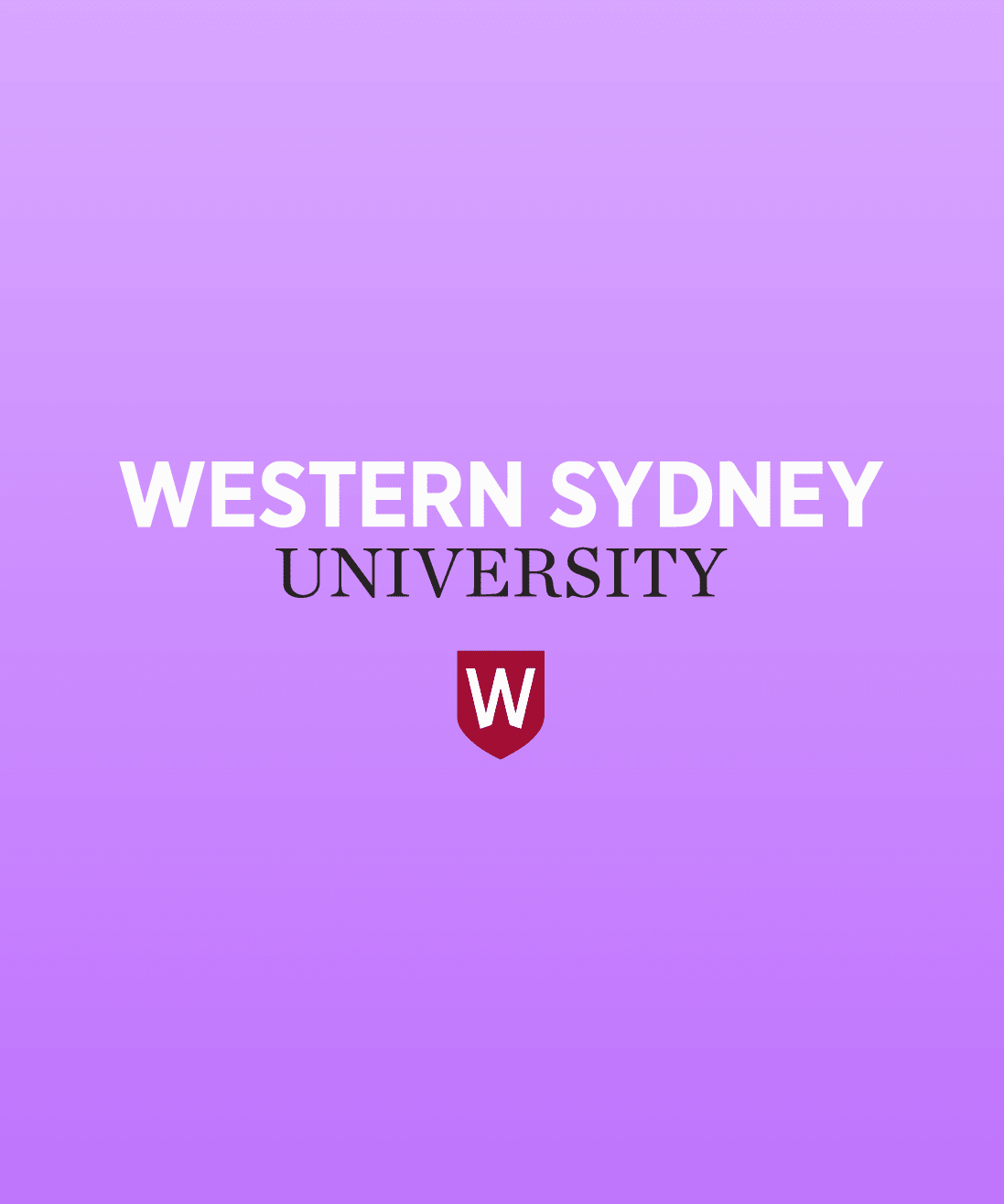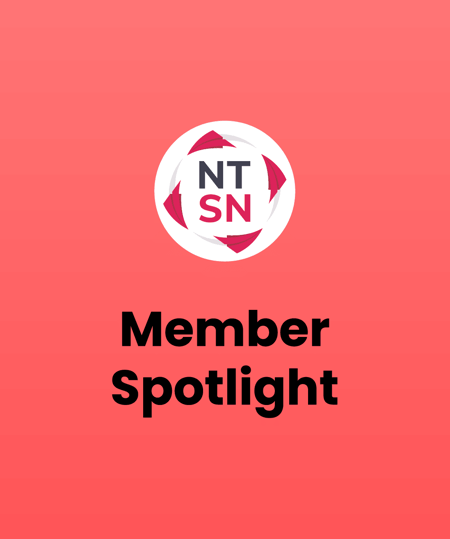What happens when you stop using professional notetakers?
Western Sydney was looking for an alternative to professional notetakers. Discover how 200 students favoured a more effective tool for note-taking skills.
 2 min read
2 min read
 Published: 11 Feb 2021
Published: 11 Feb 2021
 Luke Garbutt
Luke Garbutt


Western Sydney was looking for an alternative to professional notetakers. They were often unreliable, provided poor quality notes, and piled on additional administrative demand.
In 2017, approximately 200 students stopped receiving professional note taking, in favour of a more effective tool for encouraging stronger note taking and study skills.
Who needed note-taking support?
Taking notes is crucial for capturing and engaging with course content – and ultimately student attainment. However, it can be challenging for students with a disability or learning difficulty. Students with certain disabilities can struggle to write or type, focus for long periods, or organise information.
At Western Sydney there is a wide variety of students with additional needs who require note-taking support.
What could note-taking technology offer?
For inclusive technology to be successful, the tool has to be able to achieve three things for students and staff alike:
- Quality notes for effective study – Students need a reliable record of course content to help improve their studies.
- Increased student independence – An effective tool needs to empower students to take notes without peer support.
- Streamlined administration – A solution needs to reduce the administrative burden of managing multiple note-taking solutions.
“Inclusive technologies can benefit everyone optimising your productivity and enhancing lifelong learning and overall well being.”
– Jim Sprialis, Inclusive Technology Specialist
How Glean provided the solution
Glean and its companion mobile app are used by 100,000s of students worldwide, supporting visual, auditory and kinaesthetic learners – including those with additional challenges. So how does it help?
Students can easily capture and annotate comments made in class, as audio is displayed in bars. Students can highlight key points using a customisable colour key. Students can slow down the recording if they find the speed or accent of the lecturer difficult to understand. The multimedia interface also appeals to different learning modality preferences.
Putting Glean to the test at Western Sydney
Western Sydney decided to pilot Glean for a full semester with 25 students across multiple campuses. By the end of the pilot, 12 students responded to requests for feedback, all wanting to continue using the software as their primary note-taking support.
There were three key benefits:
- Getting started was easy – students learnt how to use the software within 20 minutes, they could then start to organise their work effectively with audio, slides and text all in one place.
- Improved focus and understanding of material – Students were able to concentrate only on the information that mattered most to the task at hand.
- Improved engagement in lectures – Students could participate more freely in discussions without missing any key information.
What did the students have to say?
Student feedback was so compelling that Western Sydney increased their initial 25 licenses to 200. The vision is to eventually offer the tool campus-wide, championing Universal Design for Learning with inclusive technology.
How can Glean be administered?
Licences are installed on the students’ own devices with a loan period set by how long they are anticipated to use it. For example, it could be just for a semester or at the end of their course. Once it expires, it is returned to the pool to be reused. It is all easily administered through a web based tool.
“Glean has helped immensely, I definitely want to continue using it.”
“I love it. It has helped to organise my notes and keep them together in one place. I can focus on what is happening in the classroom so I don’t have to worry about missing something.”
“Being able to slow down recordings to fully understand what a teacher is saying is amazing. If teachers talk really quickly I can go back over important areas at my own pace.”
*Data collected from a survey of 99 Glean users at Western Sydney in July 2018.
Written by Luke Garbutt

More from Success Stories
View All
 3 min read
3 min read
Returning to education: How mature students are using Glean
It can be daunting returning to education as a mature student, but with the right support, it can be incredibly rewarding. This blog shares the stories of two mature students, and how they successfully navigated new learning challenges.

 2 min read
2 min read
Community Story: How Marymount Manhattan dropped peer notes
We spoke to Lindsay Green, Assistant Director of Disability Services, about how her students have learned to love assistive technology and move away from peer notetakers.

 1 min read
1 min read
Community Story: Why Cornell University said goodbye to peer notetakers
We spoke to NTSN member Sarah Bonawitz, accommodation specialist at Cornell University, about the challenges she and her students have faced this past year and her department's priorities returning to on-campus learning.





